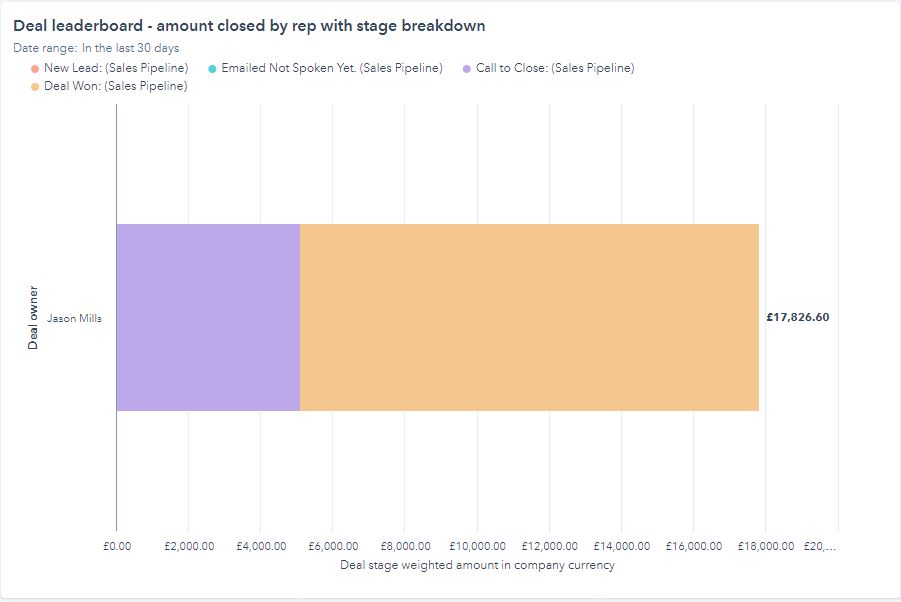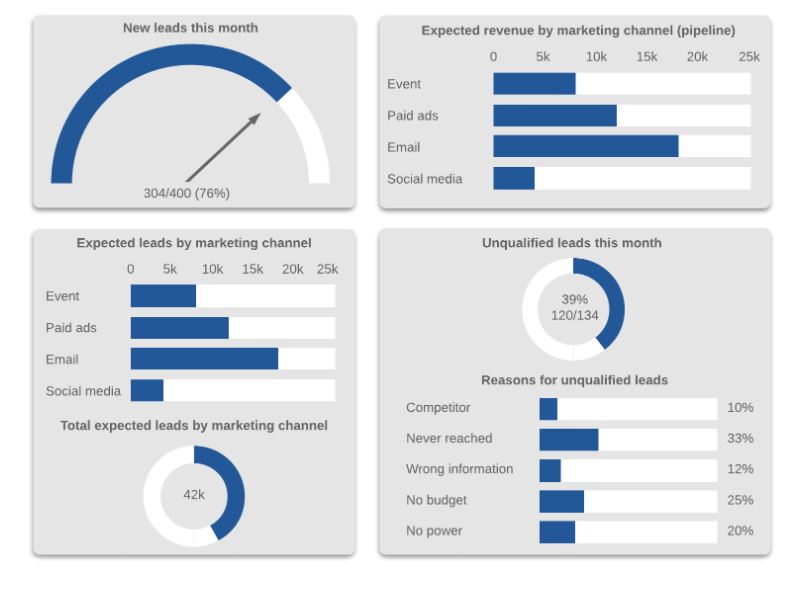What Should I Be Spending on Lead Generation?
what should i be spending on lead generation? New and established businesses alike need a constant flow of customers to fuel growth and increase revenue. But gaining customers is anything but easy for most companies. A recent study by Hubspot found out that generating traffic and leads was a common problem among marketers. Not all leads are going to convert into customers. You will, therefore, first need to understand your return on investment to target and budget appropriately.
Read on to understand factors to consider when deciding how much you should be spending on lead generation.
What Should I Be Spending on Lead Generation? Key Rules of Thumb
What is your company’s size and position?
Smaller companies tend to spend a higher percentage of their revenue compared to larger companies. Furthermore, as a smaller organisation is still looking to build its brand, it will need to spend relatively more on creating brand awareness and credibility. On the other hand, a well-established business is likely to spend less on brand awareness and more on generating leads and making sales.
What industry category does your business fit it?
Your industry type greatly influences how much you spend. For instance, companies in the software and design industries will typically use a large percentage (15% of gross revenue or more). In comparison, businesses in the commoditised industries with smaller profit margins will generally spend less (1-3%). If you’re unsure of your business’s category, there is plenty of data online on each industry’s expenditures.
How easy or hard is it to access your customer base?
Some customers are more complicated to reach than others. Suppose your business is looking to get leads from, say, C-suite executives. In that case, you’re likely to spend more than a company whose target is an easily accessible mid-market.
What is your scope of operation?
Businesses looking for global leads should budget higher than those focusing on a small geographic zone like a city.
Factors to Consider When Budgeting
Determine the conversion rate
The whole point of generating leads is to convert them into customers. If you’re driving big numbers without conversions, then it will be all for nothing. There are several tools you can use to determine this, one being Google Analytics. It’s free to use, and all you have to do is insert a snippet of code into your website’s header.
Look at the bigger picture
The number of leads shouldn’t be proportional to the rate of success. After acquiring the leads, how many made a purchase? How many become marketing qualified? By asking these questions, you can be in a position to calculate how many leads converted and the amount of revenue earned from them. Once you have these figures, you can now work out your ROI by dividing the profit by the investment made, then multiplying by 100.
Consequently, you will need to determine areas that are performing best and generating the highest return. Remember to measure the sales as a whole. Otherwise, you’ll end up with skewed figures that give a grossly inaccurate picture of how things are performing. For example, some channels are best for capturing leads but rarely do well in conversions. If you’re doing your calculations in isolation, you’ll see that such channels will appear to have a massive cost for very little return. However, in reality, eliminating them may be detrimental to your overall success.
Fortunately, there is a simple solution to this- using the proper attribution model. The linear model equally attributes credit to all channels involved. For instance, if a prospect discovered your business via paid search but finally converted via organic search, 50% of the conversion value would be attributed to each channel.
Need help with your Lead Generation strategy?
If you’re not getting the results you expect from your lead generation strategy or can’t achieve profitable ROAS, speak to our PPC team by calling 0121 231 015 or click here to Get Quote and we’ll call you.




